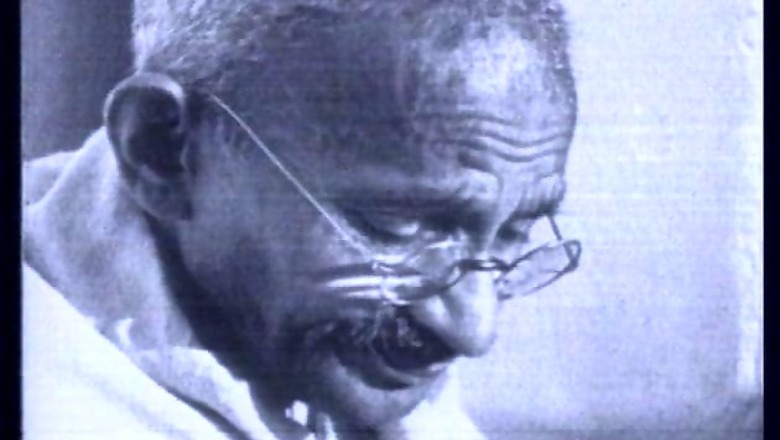
views
New Delhi: The faintly heard traffic commotion does not affect the serenity of 5, Tees January Marg, a leafy avenue in the heart of the Indian capital, where Mahatma Gandhi spent the last 144 days of his life and where he was assassinated on Jan 30, 1948.
The expansive premise, which houses a museum that showcases the life and philosophy of the man Indians revere as the Father of the Nation, it is difficult to imagine that the man who always preached peace was violently killed by a Hindu zealot, Nathuram Godse.
The only indication that such a violent act happened at this peaceful surroundings are the cemented foot marks - that indicate the path that Mahatma Gandhi took when he came out to meet people on that fateful day - on the manicured lawn. The path leads to a simple white, canopied marble plaform with the inscription "Hey Ram".
Escorted by his grandnieces Abha and Manu, Gandhi was going for his evening prayers. Gandhi, who was clad in his familiar white dhoti and wraparound, was shot thrice from point blank range. The first indication that he was shot was when a sparkling crimson spot appeared on his white cloth.
It was at 5.17 pm. His last words were - Hey Ram.
Kuldip Nayar, veteran journalist, still remembers the day. "I was working for the Urdu newspaper Anjam at that time when I heard the alerting bell of the news agency ticker. I rushed to the teleprinter and read the incredible words: 'Gandhi shot'.
"I sank into a chair, but then recovered my wits to rush to Birla House. There was complete pandemonium there. Gandhi was lying swathed with a white sheet and people were crying all around him. Nehru was there, looking shocked and shaken," Nayar told IANS. "Not knowing what to do, I went and reverently touched the chair where Gandhi had last sat. My only thoughts where: what will happen to my country now!"
The premises were earlier known as Birla House which was owned by industrialist GD Birla, who had offered it to Gandhi as a place of residence and where he held his important political meetings, including with the nation's first prime minister Jawaharlal Nehru. "Though it has been 65 years, nation cannot forget him. And the youth still come to Gandhi Smriti," said Krishna, 27, a volunteer here at Gandhi Smriti (Gandhi Memorial) that has been turned into a museum.
"Gandhi ji used to stay in Panchkuian Road in Paharganj in New Delhi but he was requested to move here following communal violence. So he came here," Krishna told IANS. The subcontinent was witnessing unprecedented communal violence after India and Pakistan were partitioned.
The nation on January 30 observe the 65th death anniversary of the man also fondly called "Bapu". Gandhi, who is revered world over as an apostle of peace, was a great believer in inter-faith harmony and fought all his life for it.












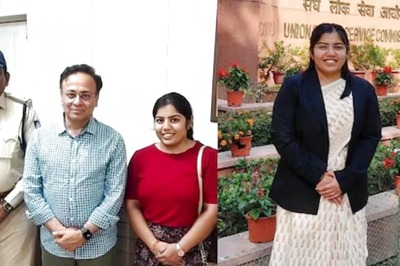

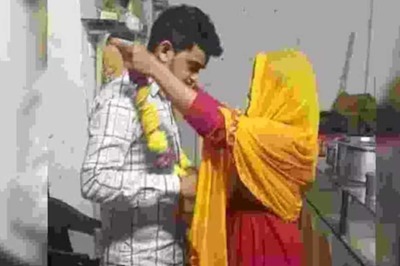


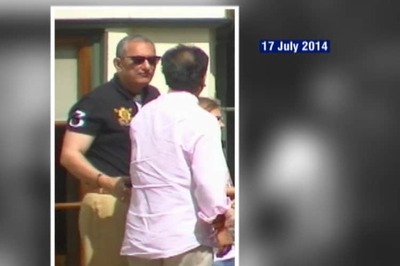

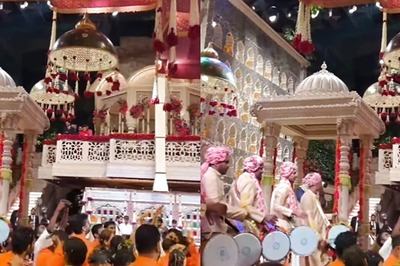
Comments
0 comment